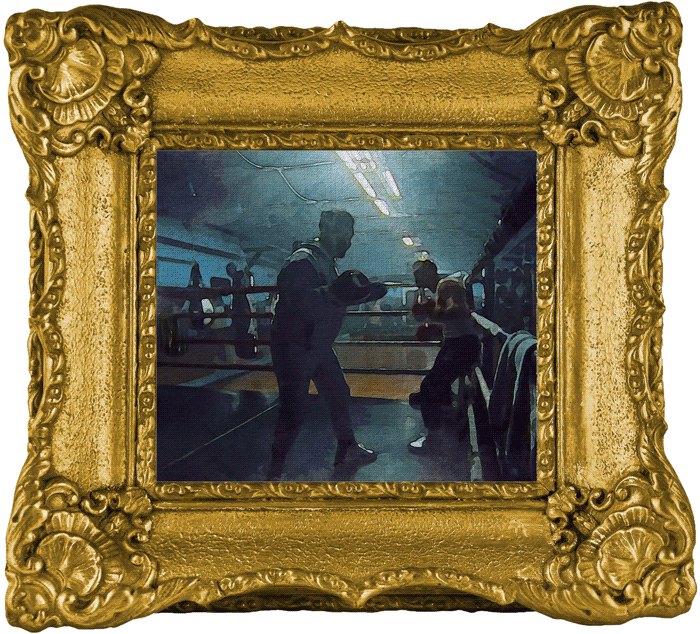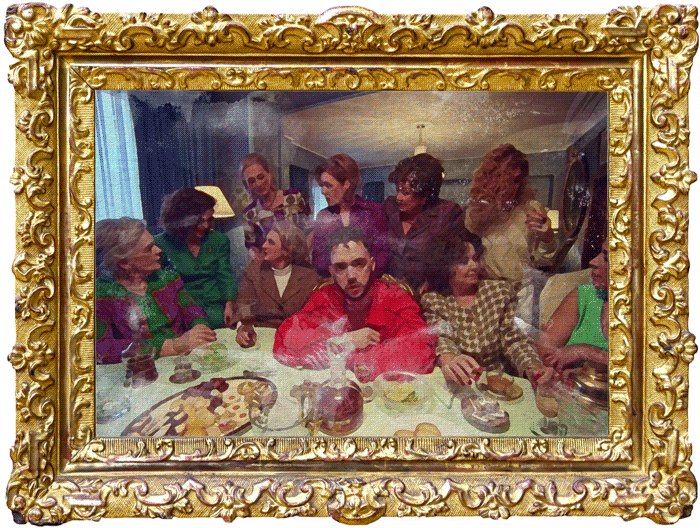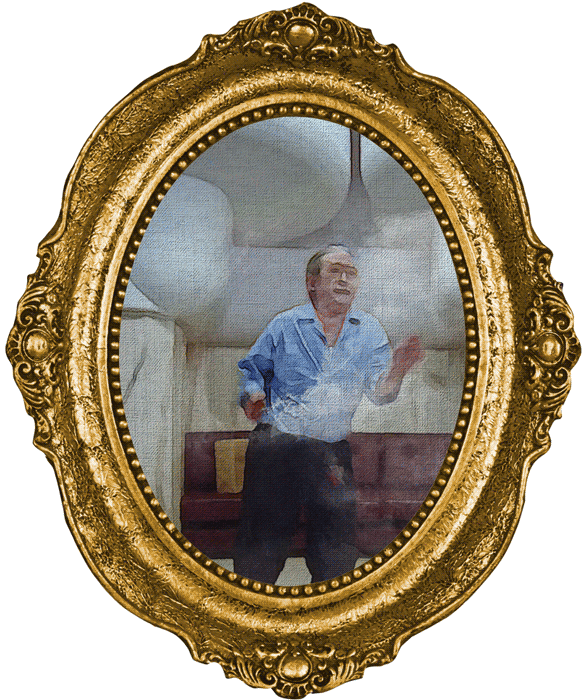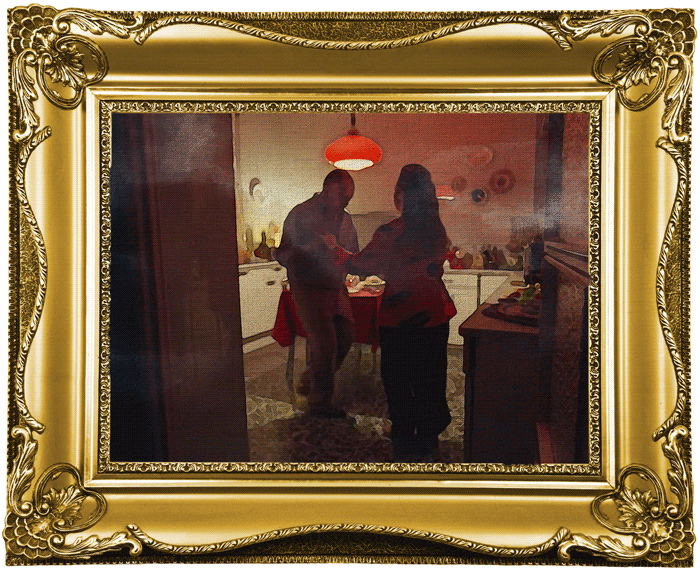El Madrileño is more a blockbuster feature than an album; C. Tangana’s most ambitious and fully-realized work to date. The record shows a side we haven’t really seen from the Spanish artist: introspective and self-conscious, brought forth through songs that fuse old-school styles like flamenco, bossa nova, corrido, bachata, and many others, paired with fresh beats and current production values. Everything jells into a delicately composed grand vision aided by a world-class international and intergenerational cast of talent.
Although work on El Madrileño started in 2019, its origins actually stretch back to a year prior with “Un Veneno,” his 2018 collaboration with Niño de Elche, and his first exploration of what he calls “organic roots music.” When 2020’s “Nunca Esto” went to number 1 in Spain, it reaffirmed his determination to a point that he scrapped a 15 songs urbano album in order to concentrate his efforts on bringing El Madrileño to life, as he tells Remezcla on a recent Zoom call.

Traveling throughout Latin America made him realize that he had a special connection to this kind of music. “[When] I went to Dominican Republic, I remember stopping in the streets where some old people were listening to bachata,” Tangana reminiscences. “Most people think I’m all about listening to El Alfa, hookah in hand at the club, and I love to do that, but listening to bachata right there awakened something in me. And the same thing happened to me with a ton of music during that trip.”
He enlisted a veritable army of collaborators to help him realize his vision. They span generations, from young upstarts like Omar Apollo and Ed Maverick to living legends like Gypsy Kings and José Feliciano. A highlight on the album includes “CAMBIA!,” a corrido track that features contributions by Carín León and Adriel Favela. “Adriel is my friend, so I sent him the track. I told him, ‘don’t judge me and don’t tell anyone but I wrote a corrido.’ It turns out he was touring the U.S. with his band, so he pulled over to a rest stop, got all his musicians to listen to my song and they made this video of them playing the song perhaps 20 minutes after I sent him the file.”
We present to you four essential contributors that make El Madrileño such an expansive work.
Alizzz (Producer)
Christian Quirante a.k.a. Alizzz is an integral part of Tangana’s incredible music. The producer has been at Tangana’s side since 2016. He describes El Madrileño as both an “epic journey” and an “experiment.”
“We call it a deconstruction; taking apart every genre and putting them back together like a puzzle.” Adventurous music made for some adventurous times. “We’ve run into trouble at every turn but we always manage to come out the other side.”
One of those challenges was expanding his role beyond his computer. He worked closely with Victor Martínez, Tangana’s live percussionist who took to task expanding the Tangana’s sound by writing part of the music on guitar and arranging live instruments. Alizzz was tasked to make sure everyone and everything helped the songs become their best versions.
“He has always been a genius,” Quirante says about Tangana. “He’s not afraid to face whatever comes his way. [El Madrileño] has a good chance of becoming a classic album in Spanish music.”

Santos Bacana (Art Direction)
Santos Bacana had a simple mission: Taking Tangana’s music to a unique visual plane. To achieve this, Tangana brought Bacana into the fold early on in the project’s creation, when he was recording demos. This led to a hurried and off-the-cuff working rhythm, a method far from Bacana’s “analytic” approach to art; in the end, he found the process “liberating.” For the directorial aspect of the job, Bacana skewed to a “discreet” vibe, framing Tangana far from the urbano aesthetics of the moment. “The music required that we show a new side of him,” says the director. “He’s coming from an emotive place, but we still wanted to keep that ‘asshole’ side that has been a part of him for a long time. We wanted to make him approachable while retaining his dark side.”
“I think one of his best characteristics is his intuition to find people to work with and boost their visions up,” Bacana says about Tangana. This crucial quality helped assemble his amazing team of collaborators.

Alex Turrión (Styling)
Alex Turrión had a very important task regarding the artistic process: he found clothes that represented a sober yet uniquely stylish wardrobe. Turrión had the fortune of constantly changing ideas with Tangana, working out small nods to visual references favored by the singer/rapper. “Since we’re close friends, It’s normal for him to send us the songs right as he’s recording them in the studio,” Turrión explains. “So really, we were already familiar with the music and it allowed us to generate ideas for the visuals.”
“It’s not like you sign up for a job and you’re there for a certain amount of days and then you’re done,” Turrión says. “It’s a constant activity and in the end, you manage to express yourself as well.”

Javier Ruiz (Cinematographer/Photographer)
The videos for each of the tracks on El Madrileño have a very distinct look. In the visuals, we are constantly confronted with hues of blue: each scene is framed in a cold manner with muted colors, similarly to scenes from classic Spanish cinema. This brings about an expanded feeling of what Tangana’s lyrics suggest: A more contemplative outlook.
Ruiz originally came on to the team with the video for “Nunca Estoy,” which was made remotely with Bacana directing. Ruiz would then go on to direct “Los Tontos.” Working close to Tangana in a constant state of alert was like nothing else for Ruiz, as he describes it, and he expresses pride in their ability to work within a short window of time, making them bring their A-game to every step of the process. “I think that we knew how to solve everything in a very effective way,” he says. “I can’t think of something I would go back and redo because it didn’t come out right. That was the modus operandi. There was no time to second guess yourself.”

Update, March 2 at 4:45 p.m. ET: We have updated Javier Ruiz’s blurb to reflect the exact works he contributed to.







